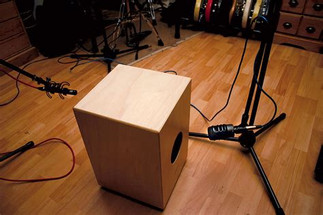Posted by Steve Head on 18th Apr 2023
How To Mic A Cajon : A Comprehensive Guide
One of the most important aspects of playing a cajon is the way it is mic'd up. If you're planning to record your playing or perform on stage, it's essential to know how to mic a cajon properly to ensure the best possible sound quality.
In this article, we'll walk you through the step-by-step process of mic'ing a cajon, so you can achieve the best sound possible.
Step 1: Choose the Right Microphones
The first step to mic'ing the cajón is to choose the right microphones. There are different types of microphones available in the market, but the most commonly used microphones for cajon are dynamic microphones and condenser microphones.
Dynamic microphones are durable and can handle high sound pressure levels (SPL). They are ideal for close miking as they are less sensitive to ambient noise. On the other hand, condenser microphones are more sensitive and can capture a broader frequency range. They are best for capturing the nuances and details of the cajon's sound.
Step 2: Decide on the Mic Placement
The next step is to decide on the mic placement. The placement of the microphones will depend on the type of microphone you are using and the sound you want to achieve. The most common mic placements for cajon include:
- Inside the Cajon: Placing a microphone inside the cajon is a popular method. It involves placing a condenser microphone inside the cajon, close to the sound hole. This placement captures the sound of the snare and bass tones of the cajon.
- Outside the Cajon: Placing a microphone outside the cajon is another popular method. It involves placing a dynamic microphone or a condenser microphone in front of the cajon, close to the playing surface. This placement captures the overall sound of the cajon.
- Combination: You can also use a combination of both inside and outside the cajon mic placement to achieve a fuller sound.
Step 3: Set Up the Microphones
Once you've decided on the mic placement, the next step is to set up the microphones. If you're placing a microphone inside the cajon, make sure it is secure and won't move around while you're playing. You can use a mic stand or a piece of foam to secure the microphone.
If you're placing a microphone outside the cajon, make sure it is positioned correctly. You can use a mic stand or a boom arm to position the microphone at the right height and angle.
Step 4: Test and Adjust
After setting up the microphones, it's essential to test and adjust the sound. Play the cajon and listen to the sound coming through the speakers. If you're not satisfied with the sound, adjust the mic placement, or try a different microphone.
You may also need to adjust the EQ settings on your mixer or audio interface to get the best sound. Play around with the settings until you achieve the sound you want.
Conclusion
Mic'ing a cajon is not complicated, but it requires some knowledge and skills. Choosing the right microphone and mic placement is critical to achieving the best possible sound. Remember to test and adjust until you achieve the sound you want.
Check out my next Blog Post:


